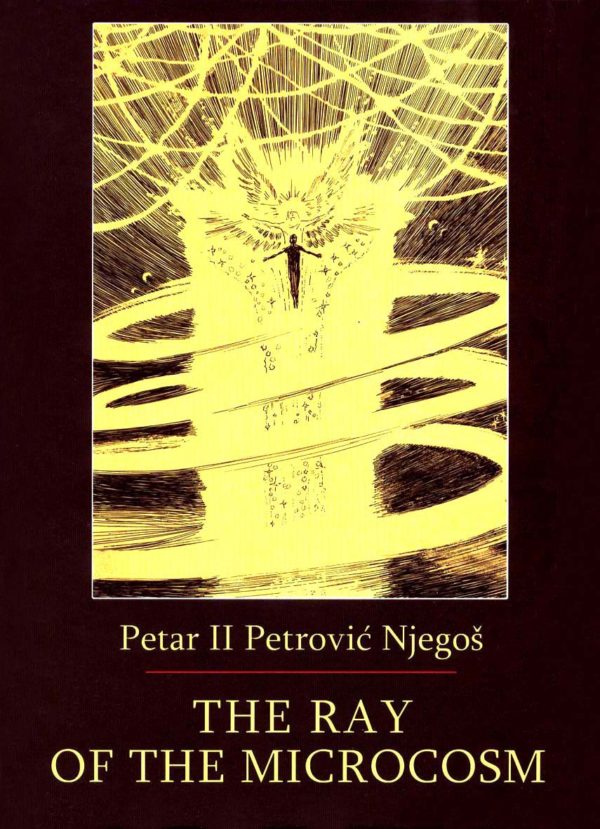

The poetic thought of Petar II Petrović Njegoš (1813–1851) received its highest artistic shape in “The Ray of the Microcosm” (Luča mikrokozma, 1845). As a romantic, cosmic-religious epic, written in the decasyllabic meter of Serbian folk poetry, The Ray of the Microcosm ranks with Dante’s Divine Comedy and Milton’s Paradise Lost. The epic contains three main thematic parts – the first is the Dedication, the second consists of the two first cantos which describe the cosmic flight of man’s thought, and the third part comprises the remaining four cantos which describe Satan’s mutiny and man’s fall.
The Ray of the Microcosm is unique by the poet’s meditative effort to fathom the secret of the human being, and by its imaginative strength which allowed Njegoš to imbue abstract notions with authentic poetic beauty and salience. Owing to the depth of philosophical thought, the strength and beauty of artistic inspiration, and the succinct, pure poetic expression, The Ray of the Microcosm ranks among the highest literary achievements of the Serbian language.



